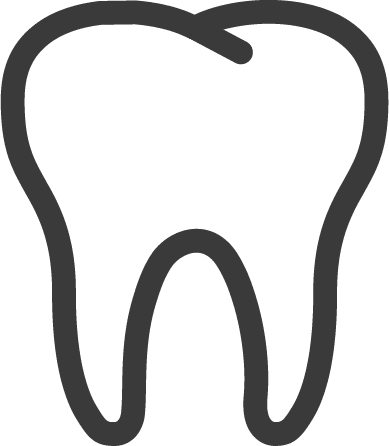245 11th Ave NE Hickory, NC 28601
Dental Sealants IN Hickory

WHAT ARE DENTAL SEALANTS?
Dental sealants are a preventive dental treatment that involves applying a thin, protective coating to the chewing surfaces of the back teeth (molars and premolars). These teeth have deep grooves and pits that can be difficult to clean properly, making them more susceptible to tooth decay. Dental sealants act as a barrier, sealing off these vulnerable areas and preventing bacteria and food particles from getting trapped in the crevices.

DID YOU KNOW…
Dental sealants have been shown to reduce the risk of tooth decay by up to 80% in the first two years after application!
READY TO SCHEDULE? BOOK NOW
Call (828) 322-4627 today!
THE DENTAL SEALANT TREATMENT PROCESS

CLEANING THE TEETH
The first step involves cleaning the teeth thoroughly. The dental hygienist or dentist will use a prophylaxis paste and a rotating brush or rubber cup to clean the teeth, removing any plaque or food particles.

TOOTH ISOLATION
Once the teeth are clean and dry, the dentist will isolate the teeth that are going to be sealed. Isolation is crucial to keep the teeth dry during the application process. Cotton rolls or a dental dam might be used to keep the teeth dry and saliva-free.
TOOTH ETCHING
The chewing surfaces of the teeth are then etched with a mild acidic solution. This solution roughens up the surface of the tooth, creating a better bonding surface for the sealant. After applying the etching gel, it is usually rinsed off, and the tooth is dried again.

APPLICATION AND CURING
Once the tooth is dry, the dentist or dental hygienist applies the sealant onto the grooves and pits of the tooth surface. The sealant is a liquid resin that quickly hardens when exposed to a special curing light. It flows into the deep grooves and hardens, forming a protective shield over the enamel of each tooth.
EVALUATION AND POLISHING
Once the sealant has been applied, your dentist will evaluate its placement and make any necessary adjustments. Finally, the teeth will be polished to ensure a smooth and comfortable bite.
THE BENEFITS OF DENTAL SEALANTS
PROTECTION AGAINST TOOTH DECAY
Dental sealants provide an extra layer of protection for your teeth by sealing off the deep grooves and pits. This helps to prevent bacteria and food particles from getting trapped. By acting as a barrier, dental sealants protect your teeth, ensuring they remain healthy and free from the harmful effects of decay over the long run.
LONG-LASTING RESULTS
With proper care and regular dental check-ups, dental sealants can last for several years. They provide durable protection against tooth decay, giving you peace of mind and saving you from potential dental problems down the road.
NON-INVASIVE AND PAINLESS
The process of applying dental sealants is quick, non-invasive, and painless. There is no need for drilling or anesthesia, making it an ideal preventive treatment for both children and adults.

DID YOU KNOW…
Dental sealants can be beneficial for adults who are at a higher risk of developing tooth decay.
READY TO SCHEDULE? BOOK NOW
Call (828) 322-4627 today!



